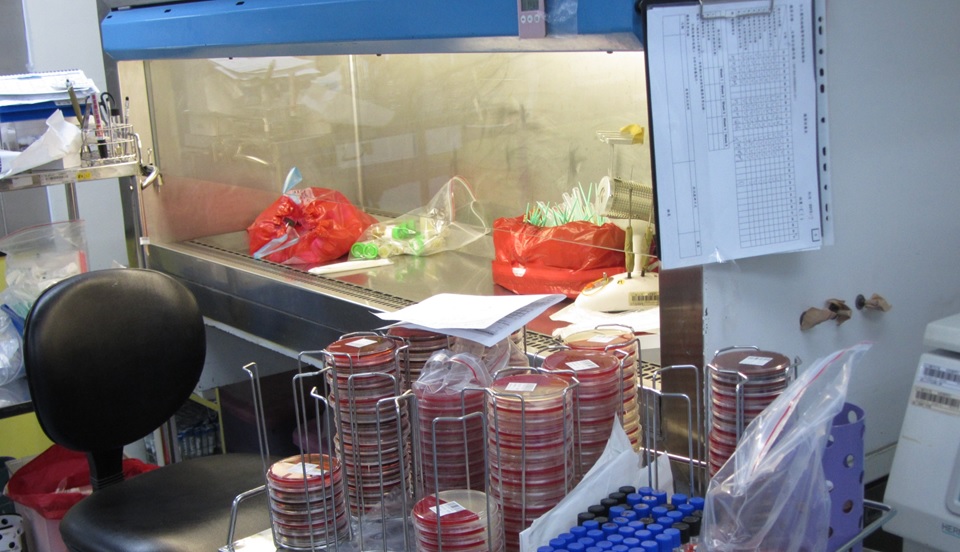Team:NTU-Taida/Human practice/Visit
From 2013.igem.org
Contents |
Introduction
Laboratory medicine is indispensable in modern medical science. Laboratory medicine can present scientific data to verify or rule out a certain diagnosis, guide and monitor treatment, and evaluate the severity and prognosis of a disease. It is also valuable in mass screening and can discover subjects with risk factors for early detection of diseases and treatment. The Department of Laboratory Medicine did not exist before World War II. At that time laboratory tests were performed not in a central lab, but in various small laboratories in clinical departments, by junior clinical doctors. The Department of Laboratory Diagnosis and the Department of Medical Technology of Medical College, National Taiwan University, were first established in August 1956, to provide laboratory tests for patients and education for students of medical college.
The Department of Laboratory Medicine consists of the following divisions:
- Stat laboratory
- Biochemistry
- Hematology
- Virology
- Microbiology
- Transfusion & transplantation medicine
- Phlebotomy & EKG
- Clinical microscopy & cytology
- Molecular diagnosis, immunology & quality control
Organization
The Department of Laboratory Medicine consists of division of stat lab, biochemistry, hematology, virology, microbiology, transfusion & transplantation medicine, phlebotomy & electrocardiography (EKG), clinical microscopy & cytology, and molecular diagnosis, immunology & quality control.
Mission
Our department has highly qualified faculty and equipments, and is dedicated to providing high-quality laboratory tests to patients, professional consultations to clinicians, high-standard education to students, and cutting edge scientific research.
Goal
We are currently reforming the blood and specimen collection system of our hospital. We have introduced complete bedside bar code ID system in some of the wards and part of the outpatient phlebotomy stations, in order to decrease the risk of manual processes that may cause patient ID errors. In our laboratory we have also used new bar code registration and automatic transportation system to improve efficiency since March 2012. We are still working at improving the soft- and hard-ware of this new system, and expect that all the wards and outpatient units of our hospital would be equipped with this system in the near future.
We are expanding the service items of our molecular diagnosis, hematology, virology, microbiology and biochemistry lab to meet the ever expanding need of clinical medicine and scientific research. We are executing quality-control programs to maintain a high- and constant-quality performance. We plan to seek lab accreditation from international accreditation association in the near future.
 "
"




